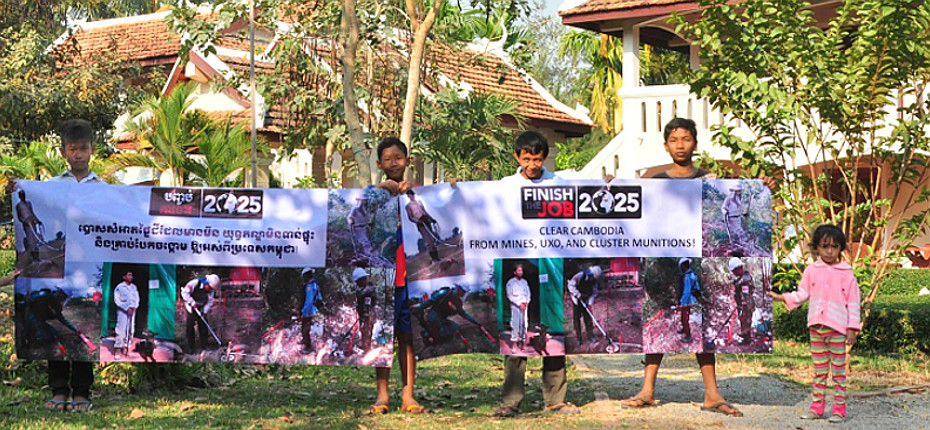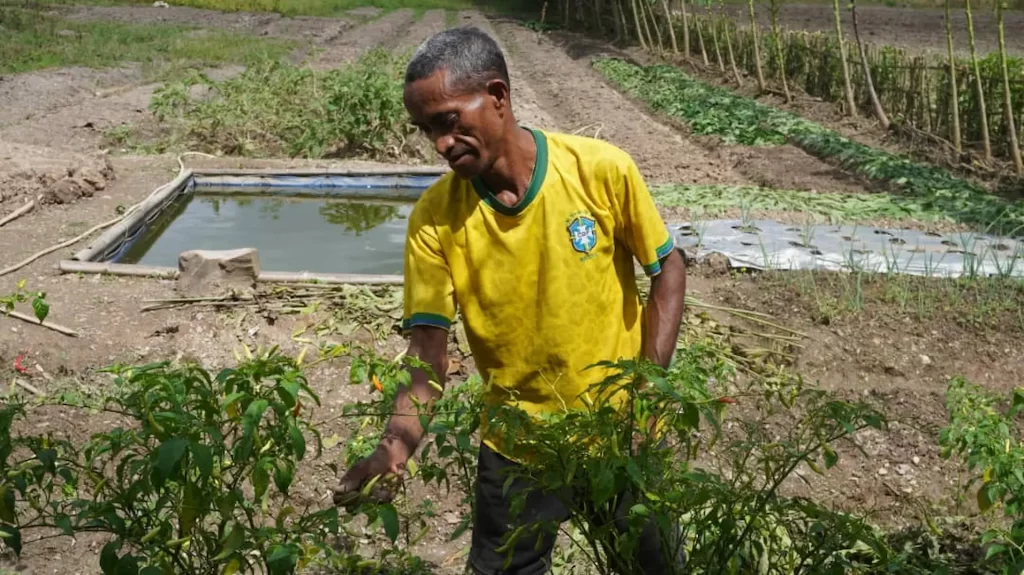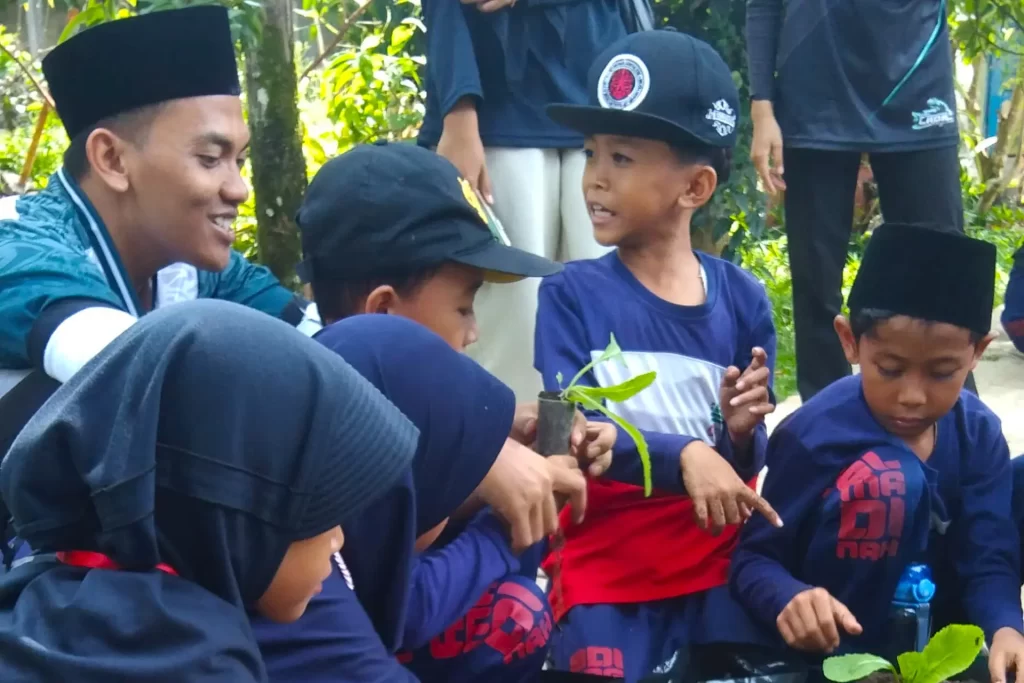
The Cluster Munitions Monitor for 2016 released on September 1 documented this use and also the progress being made in stockpile destruction, clearance and assistance to enhance the quality of life of the survivors.
The Cluster Munitions Coalition (CMC) reported that cluster bomb remnants still contaminate 27 countries, and that three of the four most contaminated countries are in Asia Pacific – Laos, Vietnam and Cambodia. The other country is Iraq. More cluster bombs were dropped on Laos, Cambodia and Vietnam in the 70s than all the bombs dropped in Europe in the Second World War and remain embedded in farms, forests, streams and walking areas, killing people until today.
Jesuit Refugee Service (JRS) Cambodia has been the focal point for the Cambodia Campaign to Ban Landmines and Cluster Munitions (CCBL) since 1994. On September 1, the CCBL issued a press release calling again for the use of cluster munitions to be stopped.

Cluster and landmine survivors in Cambodia continue to urge their government to step forward and lead on this issue as Laos has done.
“It is so sad that children should be maimed and killed by them in 2016,” said So Not, a Cambodian campaigner of the CMC. “Refugees are forced to flee from these deadly attacks and seek homes in other places.”
Kratie and Stung Treng are the most heavily contaminated provinces in Cambodia, along with Rattanakiri, Mondulkiri, Prey Veng, and Kompong Cham.
Every month, So Not and Tun Channareth, both former refugees and landmine survivors, visit victims of cluster bombs, landmines and other remnants of war in the northeast of Cambodia where they witness the suffering of people still carrying injuries from the cluster bombs dropped in the seventies.
To date, 29 countries have completely destroyed their stockpiles of 172.9 million submunitions. On August 31, US company Textron announced that it will stop the production of cluster bombs. Singapore Technologies Engineering has also ceased its production and Singapore has a moratorium on exports.
For information on Cluster Munitions Monitor, visit www.the-monitor.org, https://twitter.com/@MineMonitor and www.facebook.com/CCBLCambodia
Download Cluster Munition Monitor 2016






